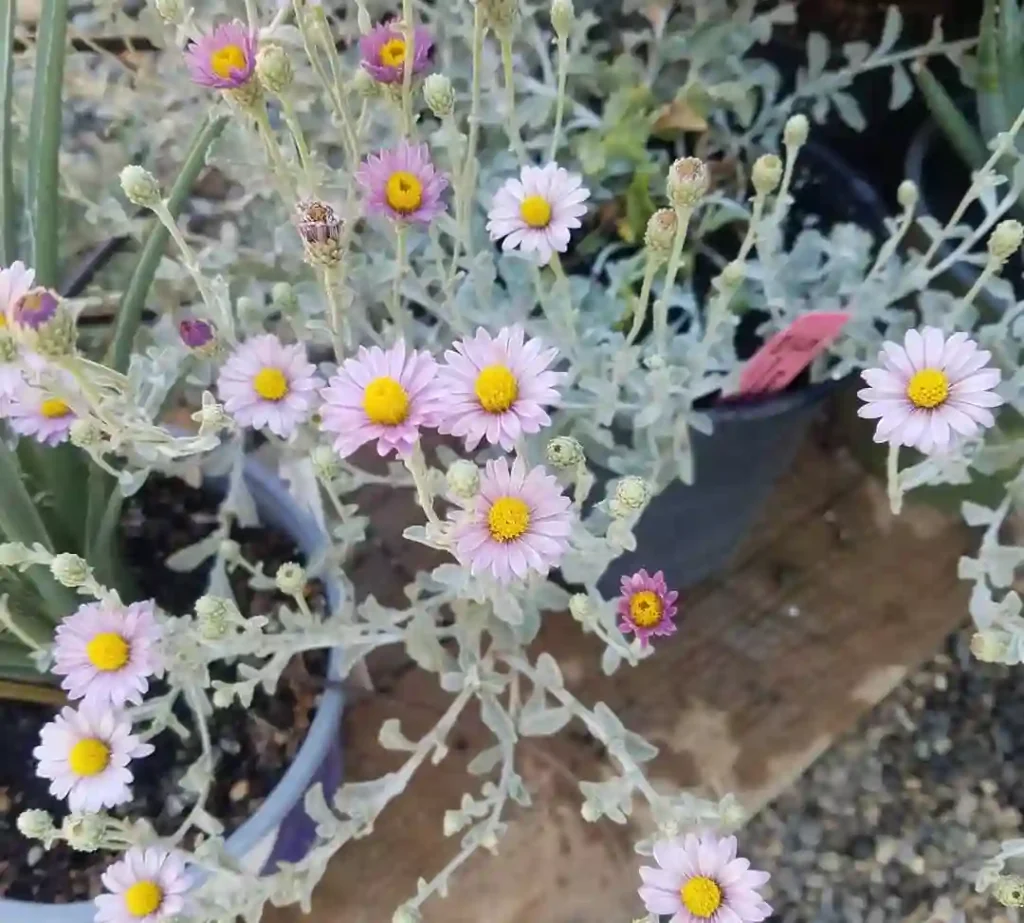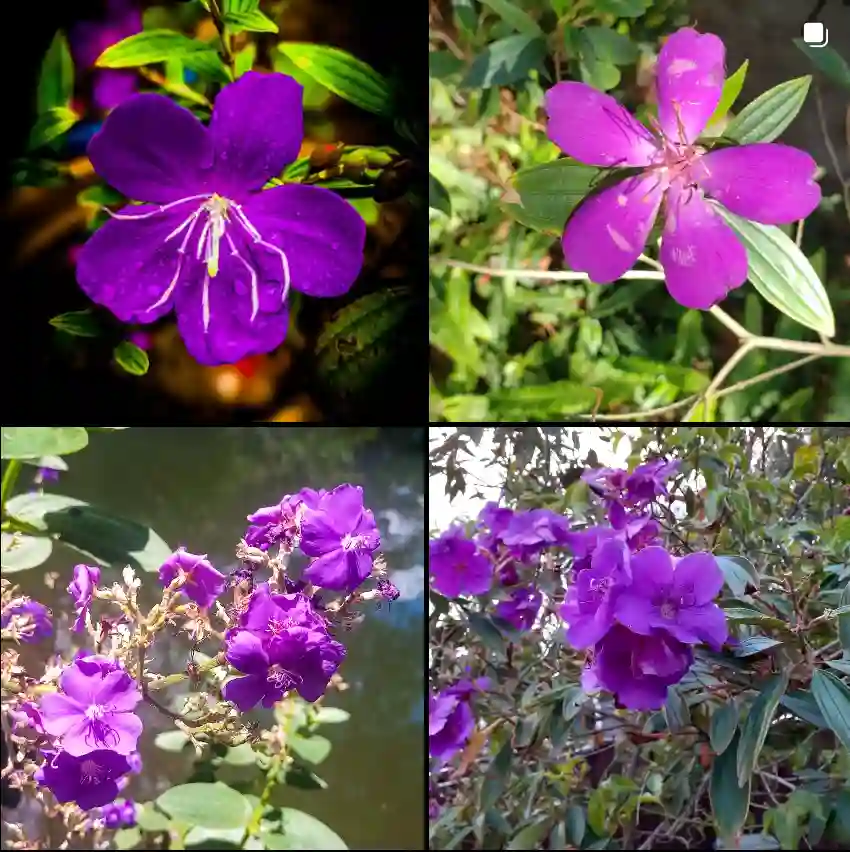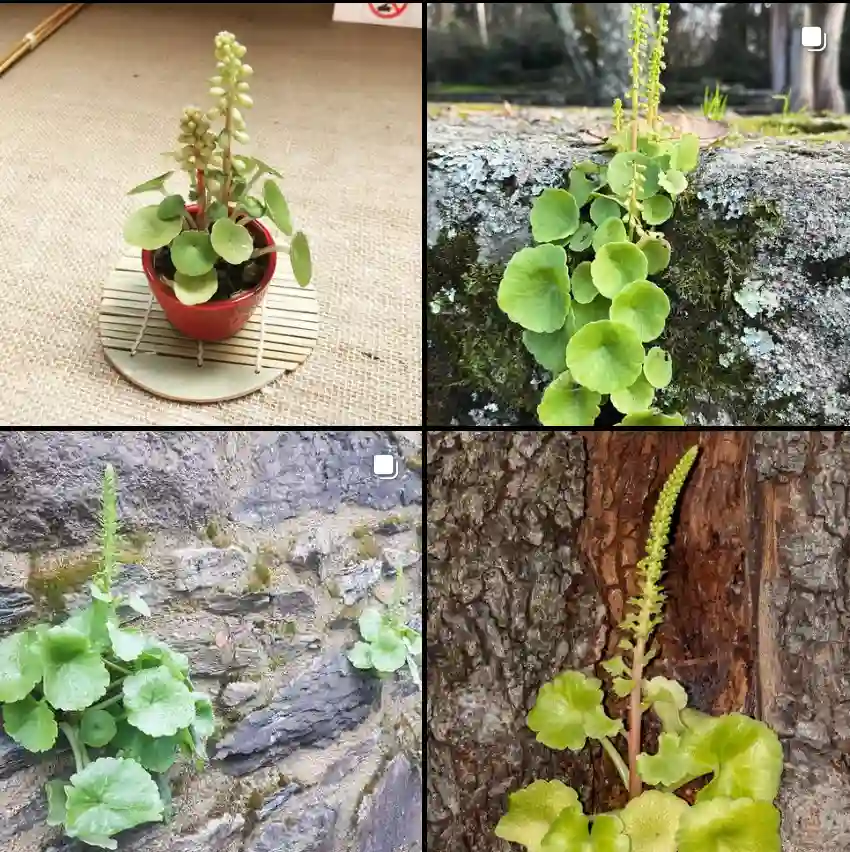
Dieffenbachia: The Striking, Yet Surprising Houseplant
The Dieffenbachia, also known as the Dumb Cane, is a popular houseplant with stunning variegated leaves. But its beauty comes with a caveat: it’s toxic to both humans and animals. This tropical wonder has captured the hearts of many plant enthusiasts, but before you bring one home, here’s everything you need to know about caring for this beauty, including its potential dangers.
What is Dieffenbachia?
Dieffenbachia is a genus of flowering plants belonging to the Araceae family. Native to the tropical regions of the Americas, these plants are known for their large, glossy leaves with dramatic patterns of white, cream, or yellow variegation. They come in various sizes, from compact desk plants to towering floor specimens.
Is Dieffenbachia poisonous? Can Dieffenbachia kill you?
Yes, but not deadly. While Dieffenbachia is toxic, it’s not usually fatal. The biggest concern arises from the irritation and swelling it can cause in the mouth and throat, potentially leading to difficulty breathing in severe cases.
Is Dieffenbachia toxic to cats?
Yes. Unfortunately, Dieffenbachia is highly toxic to cats. If ingested, the calcium oxalate crystals in the leaves can cause mouth irritation, swelling, and difficulty swallowing. Keep your Dieffenbachia out of reach of curious feline companions.
Is Dieffenbachia toxic to dogs?
Yes. Just like cats, Dieffenbachia is toxic to dogs as well. The symptoms are similar to those in cats, including mouth irritation, swelling, and difficulty swallowing.
How to care for Dieffenbachia? How often to water Dieffenbachia?
Dieffenbachia is a relatively easy plant to care for, as long as you provide the right conditions:
- Light: Dieffenbachia thrives in bright, indirect light. Avoid direct sunlight, which can scorch the leaves.
- Water: Water your Dieffenbachia when the top inch of soil feels dry. Overwatering is a common mistake, so err on the side of underwatering.
- Humidity: These tropical plants enjoy high humidity. You can increase humidity by misting the leaves regularly or using a pebble tray filled with water.
- Temperature: Maintain a warm environment between 60-80°F (15-27°C) and avoid cold drafts.
- Soil: Use a well-draining potting mix. A mixture of potting soil, perlite, and orchid bark can work well.
- Fertilizer: During the growing season (spring and summer), fertilize your Dieffenbachia once a month with a diluted balanced fertilizer.
How to prune Dieffenbachia?
Dieffenbachia can be pruned to control its size and encourage bushier growth. Use sharp, sterilized pruners to remove leggy stems or brown leaves. Pruning also provides you with material for propagation.
How to propagate Dieffenbachia?
Propagating Dieffenbachia is relatively simple. You can propagate by stem cuttings or by division.
- Stem cuttings: Take a stem cutting with at least one node and leaves. Plant the cutting in a pot with moist potting mix and keep it warm and humid.
- Division: If your Dieffenbachia has multiple stems, you can carefully divide it into separate plants during repotting.
Why are my Dieffenbachia leaves turning yellow?
Yellowing leaves on a Dieffenbachia can have several causes:
- Overwatering: This is the most common culprit. Let the soil dry out between waterings.
- Underwatering: While less likely, underwatering can also cause yellowing. Check the soil moisture regularly.
- Lack of light: Dieffenbachia needs bright, indirect light. Move it to a brighter location.
- Nutrient deficiency: Feed your Dieffenbachia with a balanced fertilizer during the growing season.
Do Dieffenbachia flower?
Dieffenbachia can flower in their natural habitat, but flowering is uncommon indoors. The flowers are small and inconspicuous, often hidden behind the foliage.
How big does Dieffenbachia get?
Dieffenbachia can grow to various sizes depending on the specific variety. Some cultivars remain compact, while others can reach several feet in height.
How to cut back Dieffenbachia?
You can cut back a leggy Dieffenbachia using sharp, sterilized pruners. Make your cut just above a node (the bump where a leaf or stem joins the main stalk). This will encourage new growth from the remaining node.
How to make Dieffenbachia bushy?
Pruning is key to a bushy Dieffenbachia. By removing leggy stems, you encourage new growth from lower nodes, resulting in a fuller plant. Additionally, pinching off the top growth point can also stimulate branching.
Can Dieffenbachia grow outside?
Dieffenbachia can technically be grown outdoors in warm, humid climates with filtered sunlight. However, they are not frost-tolerant and prefer the controlled environment of a houseplant.
What to plant with Dieffenbachia?
Dieffenbachia pairs well with other low-light loving plants with similar humidity needs. Here are a few ideas:
- Snake Plant (Sansevieria): Another low-maintenance option with striking upright foliage.
- Chinese Evergreen (Aglaonema): Similar beautiful variegated foliage that thrives in similar conditions.
- ZZ Plant (Zamioculcas zamiifolia): A nearly indestructible plant with glossy, dark green leaves.
By following these tips, you can enjoy your Dieffenbachia for many years to come. Remember, admire its beauty from afar, especially if you have curious pets or young children in the house.




